
Excel 2003: The Missing Manual. The Missing Manual Matthew MacDonald
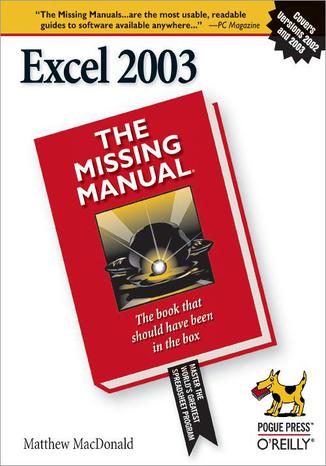

- Autor:
- Matthew MacDonald
- Wydawnictwo:
- O'Reilly Media
- Ocena:
- Stron:
- 792
- Dostępne formaty:
-
ePubMobi
 opcje wysyłki »
opcje wysyłki »
Opis
książki
:
Excel 2003: The Missing Manual. The Missing Manual
Whether you are an Excel neophyte, a sophisticate who knows the program inside out, or an intermediate-level plodder eager to hone your skills, Excel: The Missing Manual is sure to become your go-to resource for all things Excel. Covering all the features of Excel 2002 and 2003, the most recent versions for Windows, Excel: The Missing Manual is an easy-to-read, thorough and downright enjoyable guide to one of the world's most popular, (and annoyingly complicated!) computer programs.Never a candidate for "the most user-friendly of Microsoft programs," Excel demands study, practice and dedication to gain even a working knowledge of the basics. Excel 2003 is probably even tougher to use than any previous version of Excel. However, despite its fairly steep learning curve, this marvelously rich program enables users of every stripe to turn data into information using tools to analyze, communicate, and share knowledge. Excel can help you to collaborate effectively, and protect and control access to your work. Power users can take advantage of industry-standard Extensible Markup Language (XML) data to connect to business processes.To unleash the power of the program and mine the full potential of their database talents, users need an authorative and friendly resource. None is more authoritative or friendlier than Excel: The Missing Manual. Not only does the book provide exhaustive coverage of the basics, it provides numerous tips and tricks, as well as advanced data analysis, programming and Web interface knowledge that pros can adopt for their latest project. Neophytes will find everything they need to create professional spreadsheets and become confident users.Excel: The Missing Manual covers: worksheet basics, formulas and functions, organizing worksheets, charts and graphics, advanced data analysis, sharing data with the rest of the world, and programming.If you buy just one book about using Excel, this has GOT to be it. This book has all you need to help you excel at Excel.
Wybrane bestsellery
Matthew MacDonald - pozostałe książki
O'Reilly Media - inne książki
Dzięki opcji "Druk na żądanie" do sprzedaży wracają tytuły Grupy Helion, które cieszyły sie dużym zainteresowaniem, a których nakład został wyprzedany.
Dla naszych Czytelników wydrukowaliśmy dodatkową pulę egzemplarzy w technice druku cyfrowego.
Co powinieneś wiedzieć o usłudze "Druk na żądanie":
- usługa obejmuje tylko widoczną poniżej listę tytułów, którą na bieżąco aktualizujemy;
- cena książki może być wyższa od początkowej ceny detalicznej, co jest spowodowane kosztami druku cyfrowego (wyższymi niż koszty tradycyjnego druku offsetowego). Obowiązująca cena jest zawsze podawana na stronie WWW książki;
- zawartość książki wraz z dodatkami (płyta CD, DVD) odpowiada jej pierwotnemu wydaniu i jest w pełni komplementarna;
- usługa nie obejmuje książek w kolorze.
Masz pytanie o konkretny tytuł? Napisz do nas: sklep@ebookpoint.pl
Książka drukowana











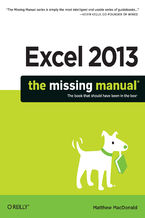

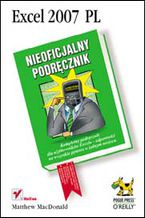
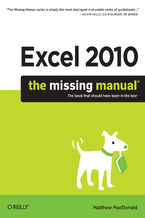
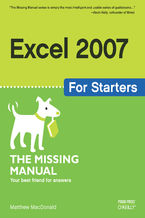
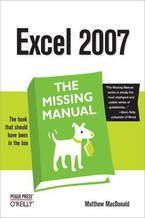
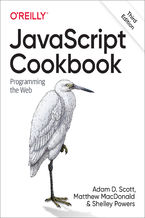
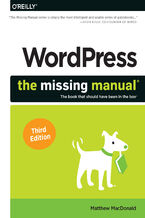
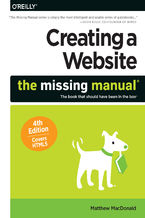

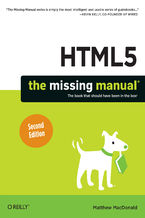







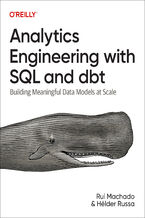





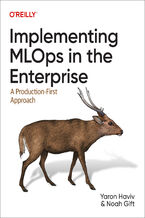


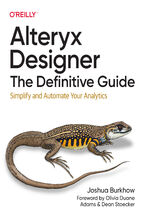
Oceny i opinie klientów: Excel 2003: The Missing Manual. The Missing Manual Matthew MacDonald
(0)